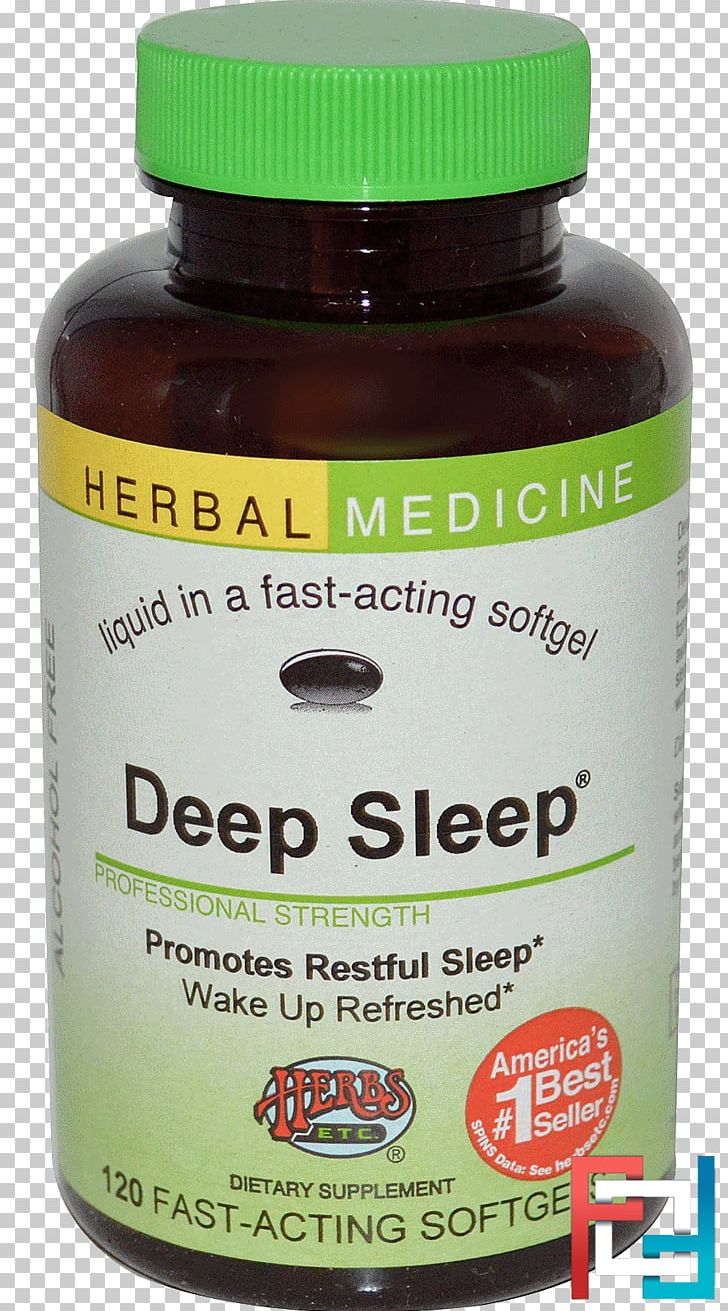

The end of the drug preclusion provision states, “…unless the Secretary, in the Secretary’s discretion, has issued a regulation, after notice and comment, finding that the article would be lawful under this chapter.” The agency has an opportunity to resolve these conflicts when they arise with a rulemaking that grants an exception to the statutory race to market.

Unfortunately, other dietary ingredients in the market today, and more potential ones in the future, could be precluded just like CBD and NAC. The agency has ignored differences in delivery form (inhaled versus ingested), different dosage levels, and vastly different indications to attempt to remove a longstanding safe and popular ingredient from the supplement market. FDA asserted that the preclusion provision enacted in 1994 has retroactive effect to prevent supplements containing an ingredient that was investigated long before the innovation protections of section 201 even existed. This artificial hurdle has frustrated mainstream retailers from selling ingestible CBD products for over two years.įDA again invoked the preclusion again last summer, this time to attack the legal sale of N-acetyl-l-cysteine (NAC) and issued warning letters invoking a drug approval for an inhalable version of NAC going back to 1963. FDA quickly invoked 201(ff)(3)(B) to argue that, nevertheless, CBD is precluded from being a dietary ingredient because of the prior approval of Epidiolex as a drug. Otherwise, little attention was paid to the implications of drug preclusion at the expense of supplements.įast forward to 2019 and the legislation to remove cannabidiol (CBD) from the Controlled Substances Schedules-the 2018 Farm Bill (passed in December of that year) removed hemp with THC content below. Then in 2009, FDA removed pyridoxamine (a form of Vitamin B6) from the supplement market when it invoked the preclusion provision and asserted that there was no evidence the article was marketed as a supplement prior to the commencement of clinical trials for the ingredient as a drug. Note the court never considered the issue of safety of the supplement rather, the debate was about providing sufficient economic incentives to foster pharmaceutical research. However, red yeast rice could continue to be sold with its naturally occurring levels as monacolin so long as those levels were not manipulated or standardized to achieve a specific dosage or marketed for those levels. Court of Appeals, Tenth Circuit, the court held that monacolin was precluded from being marketed as a supplement. Shalala when FDA announced that red yeast rice could not be marketed for its monacolin (lovastatin) content because prescription drugs containing statins were already in the market before the company began promoting red yeast rice for its monacolin. However, it attracted attention in the notable case Pharmanex v. This provision was inserted into DSHEA to satisfy a Congressman concerned that companies might choose to market a substance as a supplement after a competitor spends years conducting expensive pharmaceutical research and frustrate the incentives for drug investigation and development.įor the first five years under DSHEA, the provision went largely unnoticed. But if the drug arrives first-either by entering the market as a drug or having been studied in a clinical investigation-the drug gets a monopoly on the article. This provision sets up a race between drugs and supplements that use the same article as an ingredient: if the supplement is already marketed prior to the entrance of the drug, the two products must coexist in the market (e.g., omega 3s, niacin and Vitamin D, that all currently can be found as supplements and as prescription drugs). It’s time to change that.Īfter the FD&C Act enumerates the types of ingredients a dietary supplement must contain, the preclusion provision states that a dietary supplement may not include an article that has already been approved as a new drug, or an article authorized for investigation as a new drug for which substantial clinical investigations have been instituted and made public, prior to its being marketed as a dietary supplement. Section 201(ff)(3)(B) of the Food Drug & Cosmetic (FD&C) Act (codified at 21 USC 321(ff)(3)(B))-sometimes called the “drug preclusion provision”-is increasingly used to prevent or remove safe and legitimate dietary ingredients from the market. So maybe that’s not exactly the words of Sting’s 1985 hit song, but that’s what is happening today with what was once an obscure provision of the Dietary Supplement Health and Education Act (DSHEA). If it comes back and bites you, then it’s time to make a change.


 0 kommentar(er)
0 kommentar(er)
